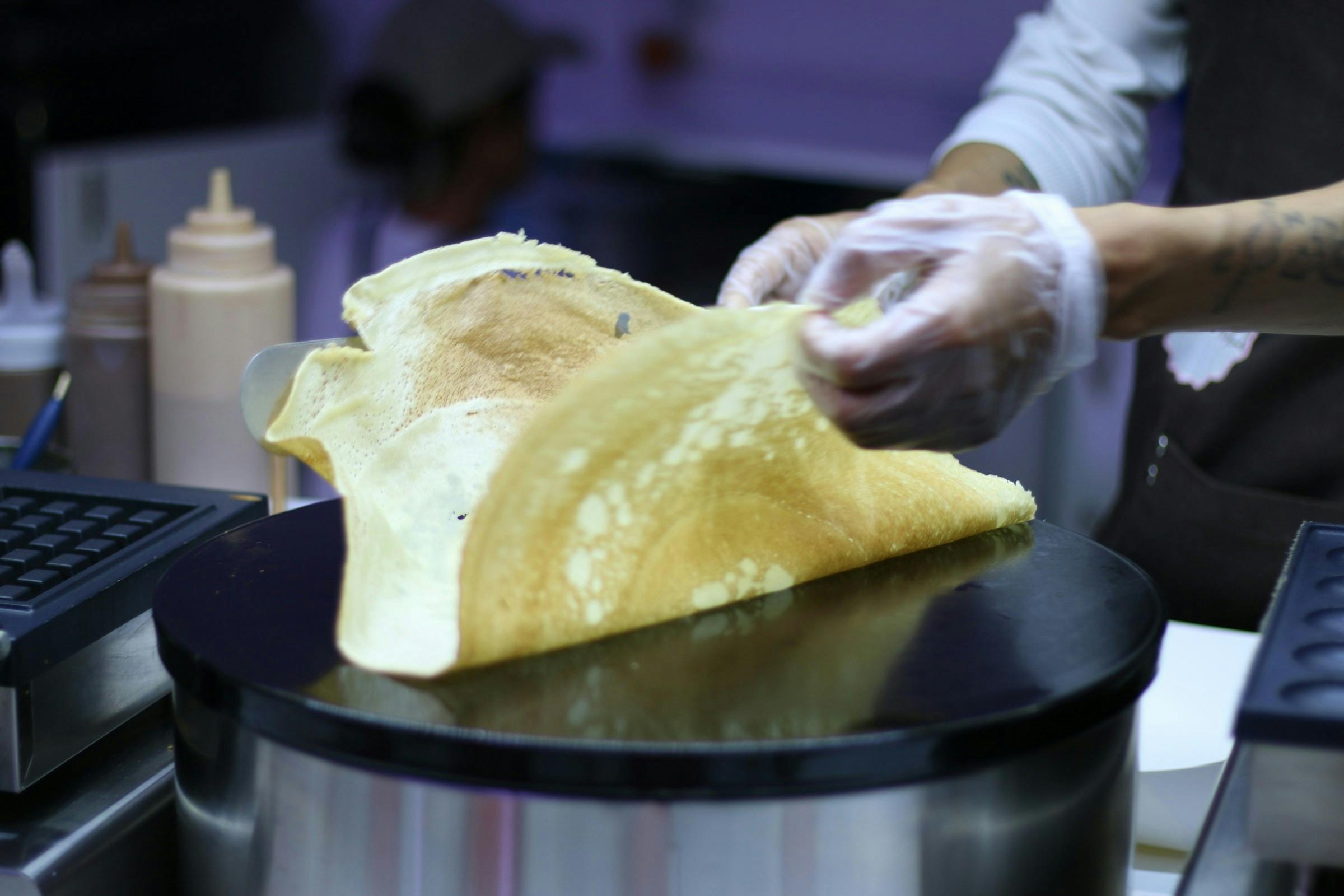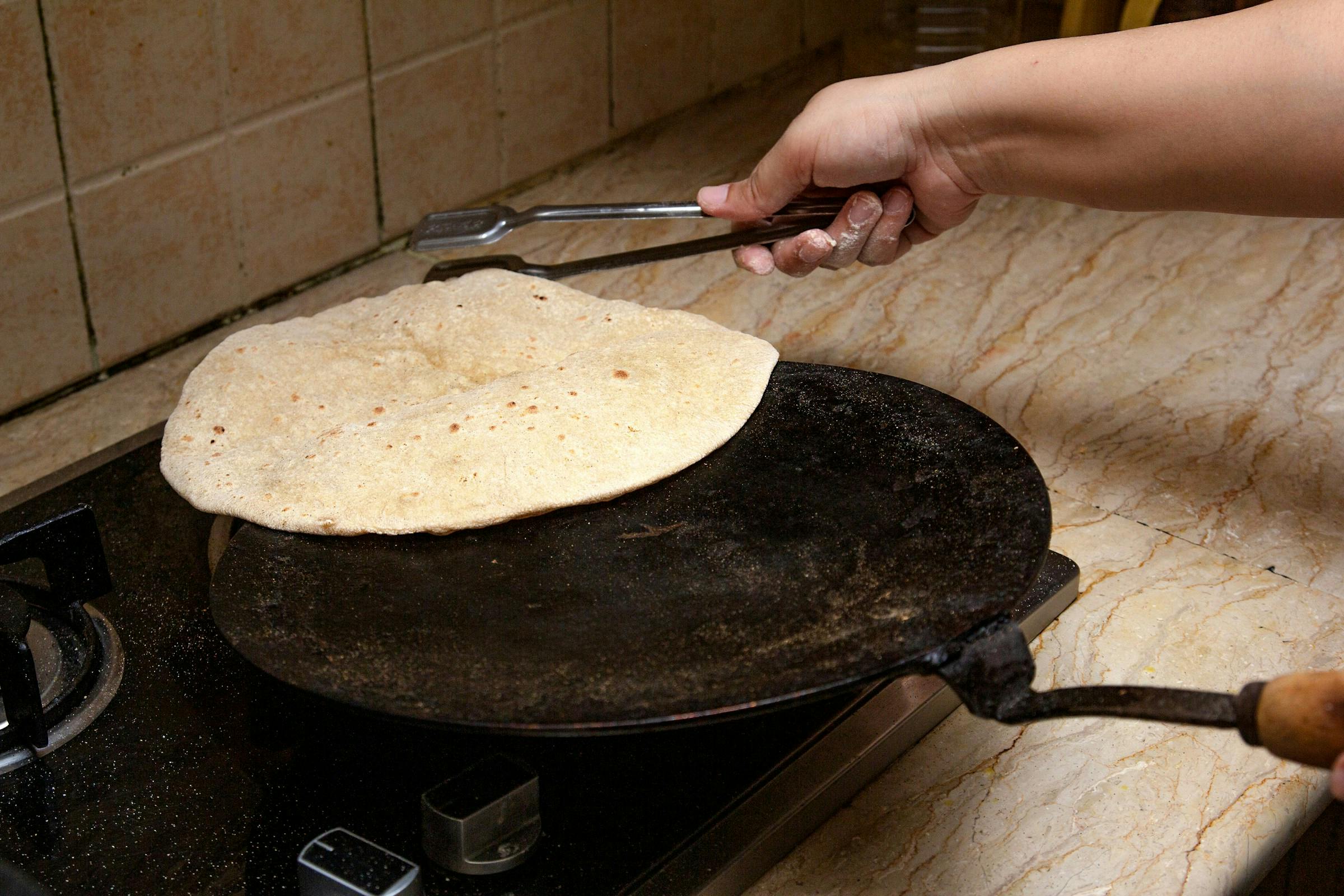The Best Tortilla Alternatives for Better Blood Sugar (Backed by Science)
By Karyn O.
Reviewed by Kenya Bass, PA-C
Published Aug 19, 2025
11 min read

Introduction: Why Tortillas Can Be a Blood Sugar Problem
Tortillas are one of the world’s most beloved foods. From burritos to tacos to wraps, they’re the foundation of countless meals. They’re quick, convenient, and versatile, which explains why they’ve become a staple not just in Latin American cuisine but also in kitchens around the globe.
But if you’re concerned about blood sugar, traditional tortillas may not be your best friend. Most tortillas sold in grocery stores are made from refined white flour or processed corn, both of which can send blood sugar levels soaring. For people living with diabetes, prediabetes, or those who simply want to avoid energy crashes, this is a real issue.
The good news is that you don’t have to give up tortillas altogether. With a little knowledge, you can swap them out for alternatives that are kinder to your blood sugar while still letting you enjoy your favorite meals. In this article, we’ll explore why tortillas can cause blood sugar spikes, what makes a good alternative, and which swaps are the best for long-term health.
How Tortillas Affect Blood Sugar
To understand why tortillas can be tricky for blood sugar control, it helps to look at the science of carbohydrates and the glycemic index. The glycemic index (GI) is a measure of how quickly a food raises your blood sugar after eating it. Foods with a high GI cause rapid spikes, while low-GI foods release glucose more slowly, leading to steadier energy.
White flour tortillas, the kind commonly found in restaurants and grocery stores, are high on the glycemic index. That’s because refined flour has had most of its fiber and nutrients stripped away, leaving behind fast-digesting starch. When you eat a flour tortilla, your body quickly converts it into glucose, causing a sharp rise in blood sugar.
Corn tortillas are often considered the healthier cousin, but they aren’t always a safe bet. Many commercially produced corn tortillas are made from processed corn flour and may have added preservatives, oils, and even extra starch. This pushes their glycemic load higher than many people realize.
Another factor is portion size. A single small tortilla might not cause much of a problem, but most of us don’t stop at just one. Wraps, burritos, and quesadillas often contain multiple tortillas or oversized ones, which can add up to a significant carbohydrate load. Pair that with high-carb fillings like rice or potatoes, and the impact on blood sugar multiplies.
Studies consistently show that refined carbohydrates, like those found in white bread and white flour tortillas, are linked to higher blood sugar spikes, increased insulin resistance, and greater risk of type 2 diabetes. That doesn’t mean you can never eat tortillas again—but it does mean you should be mindful of which ones you choose and how often you eat them.

What Makes a Good Blood-Sugar-Friendly Tortilla Alternative?
Not all tortillas are created equal, and the same goes for their alternatives. If your goal is to keep your blood sugar steady, you’ll want to look for wraps that share a few key qualities.
The first is fiber. Fiber slows down digestion, meaning that the carbohydrates you eat are absorbed more gradually. This helps prevent sharp spikes and crashes. High-fiber tortillas or wraps are almost always a better option.
The second factor is protein and healthy fats. Both of these nutrients act as a buffer, slowing down how quickly glucose enters your bloodstream. Tortilla alternatives that naturally include protein or fats, or those you can pair with protein-rich fillings, will be gentler on your blood sugar.
The third thing to watch out for is the ingredient list. Many “low-carb” tortillas on the market are filled with additives, hydrogenated oils, and even hidden sugars. While they may technically be lower in net carbs, they aren’t always the best choice for long-term health. A good rule of thumb is to choose tortillas made with whole, minimally processed ingredients that you can actually recognize.
Finally, pay attention to taste and convenience. A tortilla alternative can be perfectly healthy, but if you don’t like the flavor or texture, you won’t stick with it. The best option is the one you’ll enjoy regularly while still keeping your blood sugar stable.
RELATED READ: Best Breads for Blood Sugar: Low-GI Options for Balanced Energy and Better Health
The Best Tortilla Alternatives for Better Blood Sugar
Now that we know what to look for, let’s explore some of the best options available.
Whole Grain and High-Fiber Tortillas
Whole wheat tortillas are one of the simplest swaps for traditional flour tortillas. Unlike refined white flour, whole wheat keeps its bran and germ, which means it retains more fiber, vitamins, and minerals. That extra fiber slows digestion and reduces the glycemic impact, making whole wheat tortillas a safer bet for blood sugar.
Sprouted grain tortillas are another excellent option. Sprouting grains before grinding them into flour increases nutrient availability and often lowers the glycemic index. Brands like Ezekiel make sprouted grain wraps that are packed with fiber and protein, making them far superior to regular flour tortillas.
Corn Tortillas (the Right Kind)
Corn tortillas often get marketed as the “healthy alternative,” and while they can be better than flour tortillas, not all are created equal. Authentic corn tortillas made from whole nixtamalized maize (corn that has been soaked and cooked in limewater) have a lower glycemic index than flour tortillas and often contain more micronutrients.
The key is to avoid overly processed commercial corn tortillas, which may have added starches or oils. If you can find tortillas made with just corn, water, and lime, you’ve got a solid blood-sugar-friendly choice.
Almond Flour Tortillas
Almond flour tortillas are a favorite among people following low-carb, keto, or diabetes-friendly diets. Almond flour is naturally low in carbohydrates and high in healthy fats and protein, which makes it excellent for blood sugar control. These tortillas also tend to be gluten-free, which is a bonus for those with sensitivities.
The only drawback is that almond flour tortillas can sometimes be more expensive, but many people find them worth the cost for their taste and blood-sugar-friendly profile.
Coconut Flour Tortillas

Coconut flour is another great low-carb option. It’s naturally high in fiber, which balances out its carbohydrate content and results in a very low net carb count. Coconut flour tortillas tend to have a mild, slightly sweet flavor, which pairs well with savory fillings like grilled chicken or vegetables.
Because coconut flour is very absorbent, these tortillas can sometimes be more delicate than other options, but they are an excellent choice for those looking for variety.
Cassava Flour Tortillas
Cassava flour tortillas have gained popularity in recent years, especially among people looking for grain-free or gluten-free options. Cassava is a starchy root vegetable, so these tortillas are not as low-carb as almond or coconut flour versions. However, they do tend to be less processed than traditional tortillas and are often easier to digest.
The key here is moderation. If you pair cassava tortillas with protein- and fiber-rich fillings, they can still fit into a blood-sugar-friendly meal.
Lettuce Wraps or Collard Greens
Sometimes the best tortilla alternative isn’t a tortilla at all. Using large lettuce leaves, collard greens, or even cabbage leaves as a wrap gives you a virtually zero-carb option that’s also loaded with nutrients. These leafy greens add crunch, freshness, and antioxidants while keeping your blood sugar steady.
This swap is especially useful for people who want a very light, refreshing meal or those watching their carb intake closely.
Egg Wraps or Crepes
Another creative alternative is the egg wrap. Made simply from beaten eggs cooked thinly, these wraps are high in protein, low in carbs, and surprisingly versatile. You can even mix in spinach, herbs, or cheese to add extra flavor.
Egg wraps are particularly satisfying because they provide protein and fat, both of which help stabilize blood sugar. They can be used for savory fillings like turkey and veggies or even for breakfast wraps with avocado.
Chickpea or Lentil Wraps
Chickpea flour (also called gram flour or besan) and lentil flour are both rich in plant-based protein and fiber. Wraps made from these flours are denser than wheat tortillas but far more filling and blood-sugar-friendly. They also bring extra nutrients like iron, magnesium, and B vitamins.
These wraps are popular in many global cuisines, such as Indian socca or Ethiopian injera made from lentils. They’re a flavorful way to expand your tortilla game while keeping your glucose stable.
RELATED READ: Is Pita Bread Healthy? What Science Says About Its Nutrition, Blood Sugar Impact, and Weight Loss Benefits
DIY vs. Store-Bought: What to Look For
When deciding between homemade and store-bought tortillas, there are pros and cons to both. Making your own gives you full control over the ingredients, ensuring that you’re not adding unnecessary starches, oils, or preservatives. Homemade almond flour or chickpea wraps, for example, can be quick to whip up and much healthier than packaged versions.
That said, not everyone has the time to make tortillas from scratch. Store-bought options can be convenient, but you’ll want to be a smart shopper. Reading the nutrition label is key. Look at the total carbohydrates, dietary fiber, and protein content to get a sense of how the tortilla will affect your blood sugar. Net carbs (total carbs minus fiber) are a useful guide.

Also, watch for added sugars, hydrogenated oils, and overly long ingredient lists. The shorter and simpler the ingredient list, the better. Brands like Siete (almond and cassava tortillas) and Mission Carb Balance (low-carb tortillas) are popular among people looking for blood-sugar-friendly options, but always double-check the label.
How to Pair Your Tortilla Alternative for Stable Blood Sugar
Choosing the right tortilla is only half the story. How you fill it also makes a big difference. A cassava tortilla stuffed with nothing but rice isn’t going to do your blood sugar any favors, but that same tortilla filled with grilled chicken, avocado, and vegetables will have a completely different effect.
Pairing your wrap with protein sources like chicken, fish, eggs, beans, or tofu helps slow digestion. Adding healthy fats like avocado, olive oil, or nut butters further balances the meal. And don’t forget vegetables—loading your wrap with fiber-rich veggies adds bulk and nutrients while keeping blood sugar steady.
Portion size matters, too. Even a blood-sugar-friendly tortilla can cause spikes if you eat three or four in one sitting. Pay attention to how your body feels after meals, and aim for moderation.
FAQs About Tortillas and Blood Sugar
1. Are corn tortillas better than flour tortillas for diabetes?
Generally, yes. Corn tortillas made from whole nixtamalized corn are lower on the glycemic index than flour tortillas. However, processed corn tortillas with added starches can still spike blood sugar, so it depends on the type.
2. Are “low-carb” store-bought tortillas really healthy?
Some are, but many aren’t. While they may be lower in carbs, they often contain additives, hydrogenated oils, or artificial ingredients. Always read the label and choose options with whole, natural ingredients.
3. Can I eat tortillas every day if I have diabetes?
Yes, but it depends on the type and portion size. Choosing high-fiber, low-GI alternatives and balancing them with protein and vegetables makes daily tortilla consumption much more blood-sugar-friendly.
4. What’s the lowest-carb tortilla available?
Almond flour and coconut flour tortillas are among the lowest in carbs. Lettuce wraps or egg wraps are virtually zero-carb options.
5. Which wrap is best for weight loss and blood sugar?
That depends on your needs. Lettuce wraps are the lowest in calories, while almond and chickpea wraps provide more protein and staying power. The best choice is one that keeps you full without spiking your blood sugar.
Final Thoughts: Choosing the Right Wrap for Better Health
At first glance, it might seem like tortillas and healthy blood sugar control don’t mix. But the reality is that with the right choices, you can enjoy tortillas and wraps without the guilt—or the glucose spike. Whether you opt for almond flour tortillas, whole grain versions, or even lettuce leaves, the key is balance.
Think of your tortilla as the foundation, not the star of the meal. What really matters is the combination of protein, healthy fats, and fiber-rich veggies you put inside. By making thoughtful swaps and paying attention to ingredients, you can keep enjoying tacos, burritos, and wraps while staying in control of your blood sugar.
So the next time you’re at the store or planning dinner, remember: you don’t have to give up tortillas. You just have to choose smarter alternatives.
Share this article

Low Sodium Diet: Simple Guidelines, Food Lists, and Tips for Better Health
Lilian E.
Sep 30, 202512 min read

Does Coconut Milk Affect Blood Sugar Levels? A Complete Guide for Diabetes and Healthy Living
Karyn O.
Sep 29, 202510 min read

5 Best Bone Broths for Health, Nutrition, and Gut Support (Nutritionist-Backed Guide)
Karyn O.
Sep 24, 202511 min read

Best-in-class care is a click away
Find everything and everyone you need to reach your metabolic health goals, in one place. It all makes sense with Meto.
Join Meto